Like cigars and whiskey, Lapsang Souchong tea is an acquired taste. Some people never get over the pungent, tarry flavor and intense smell of the beverage, but using it as a rub, marinade, or other seasoning is totally smart. The tea adds a smoky yet not overwhelming flavor to dishes of all kinds. With it, you can easily get barbecue-like results for meats and vegetables, all without breaking out the grill.

Lapsang Souchong tea smells like a dry campfire and tastes like a smoked sausage cooked over burning pine wood. (It's not quite that strong, especially with higher grades of tea, but compared to other teas, it definitely is distinctive. The whole room smells like smoke the second the boiling water hits the tea leaves.)
The way this Chinese black tea is produced might make you appreciate Lapsang Souchong more, even if, unlike Winston Churchill, you can't bear the drink at all.
How Lapsang Souchong Is Made
According to legend, Lapsang Souchong was discovered by accident one night during the Taipei Rebellion. Workers at a tea processing station in the Fujian province used fresh tea leaves as bedding, and after being attacked by rebel troops (and those beds set on fire?), those leaves were discovered charred and with a unique aroma. Enticed, the tea-processing station proprietor turned to drying tea leaves more quickly than usual using open pinewood fires.
Since then, Lapsang Souchong is painstakenly made to have that purposely smoky flavor. As Chinese cuisine magazine Flavor & Fortune explains:
"Lapsang Souchong tea leaves wither or partially dry over these fires. In recent times they have used pine, cypress, or cedar wood for them. Then they pan-fry the leaves in dry woks, roll them, then press them into bamboo or wooden baskets. The baskets are covered with fabric and the tea leaves stay in them until they give off a distinct aroma. After they dry somewhat, the leaves are taken out of the baskets, dry-fried again, and put on wooden racks to cool. Then they put them into other bamboo baskets that are hung over wood fires until the leaves are very dry. At this point, workers cut the leaves into strips, roll them, and smoke them once more. The result is glossy dry leaves, that when brewed, produce a very aromatic smoky red liquid."
Even if you don't enjoy Lapsang Souchong as a drink, you might appreciate it as a cooking ingredient. The smoky flavor is perfect with meats and fishes, but can also add extra depth to vegetables. There are two ways you can incorporate it into just about any dish. A little goes a long way.
Liquid Smoke Replacement
Brew the tea extra strong—two teaspoons of tea to one six-ounce cup of boiling water, and steep for three minutes. Don't steep for much longer than that or it will get too bitter. Then use this tea concentrate to add to brines, marinades, and other sauces for instant smoky, woodsy flavor. It's like liquid smoke, only naturally added by tea and with all the awesome health benefits that come from regularly ingesting tea.

Quality Lapsang Souchong tea has a rich, coppery color. Lower quality teas tend to be much darker, a sign they've been smoked too long.
You can even try it on your homemade bacon experiments.
Smoky Spice Rub
You can also mash up the leaves with a mortar and pestle or grind them in a coffee grinder and add to other spice mixes or use the Lapsang Souchong on its own as a rub for things like ribs, steak, chicken, and so on. Ming Tsai has a recipe for Five-Spice Chile Tea Rub, which combines Lapsang Souchong with salt, red pepper flakes, chile powder, and other spices.

Add chili powder and paprika or other similar ingredients for your own hot-and-smoky spice rub.
Lapsang Souchong goes obviously well with anything you'd grill or smoke (pork and bacon!), but you can also incorporate it in less obvious foods such as cheese spreads, jam, s'mores, and eggs. For more ideas, check out these few dozen recipes from Adagio Teas, which happens to sell a great quality Lapsang Souchong—you can buy three ounces or sixteen.
Learn More About Tea
Green tea is an amazing beverage, for your body and for your whole house. If you want even more health benefits from your tea, you have to try matcha. You can also learn how to make your own custom-blended tisanes (herbal teas) and whether cold-brewed tea is better for you than hot. And if you're feeling kind of steampunk, isn't it time you learned how to drink tea the way the Brits do?
Photos by Melanie Pinola/Food Hacks









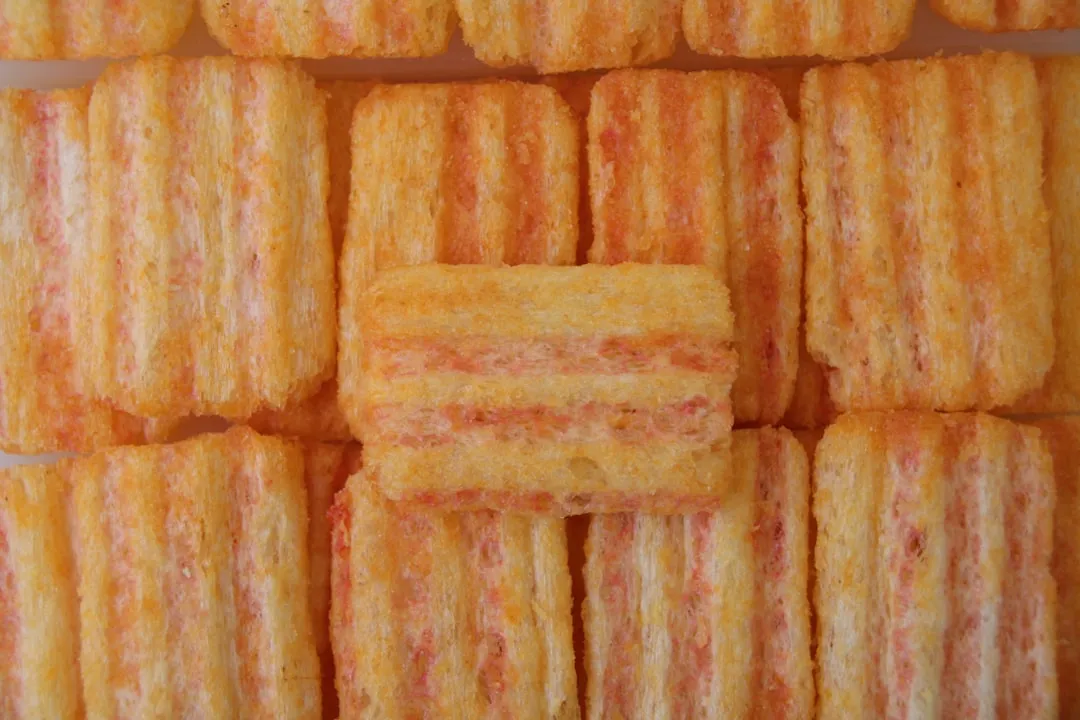
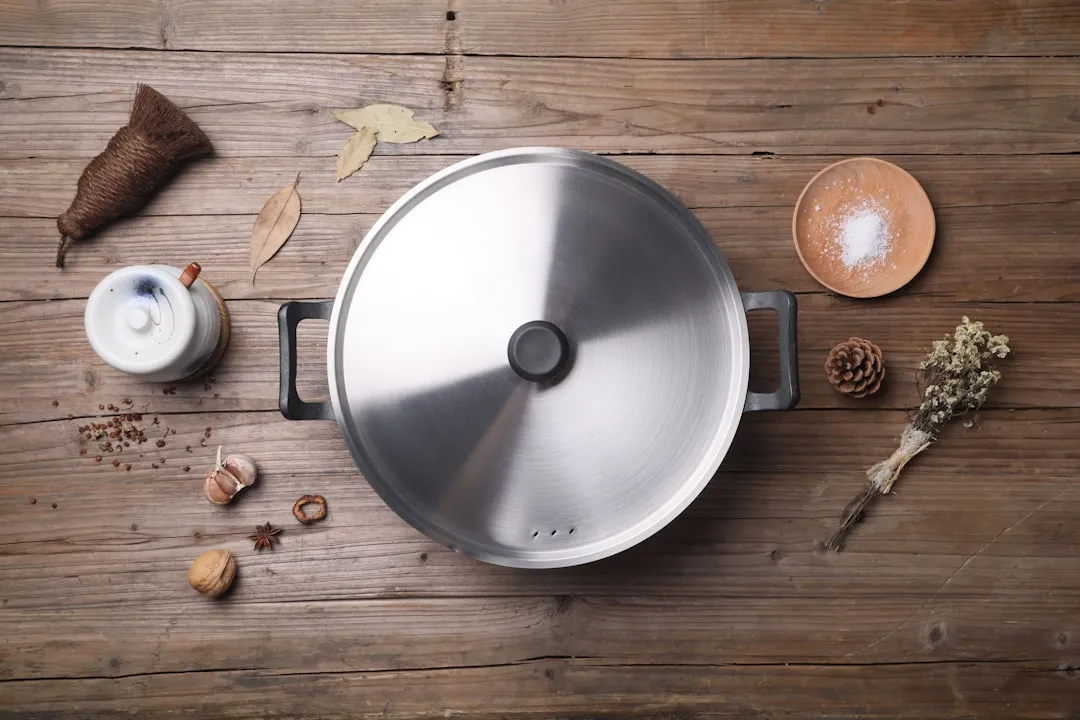

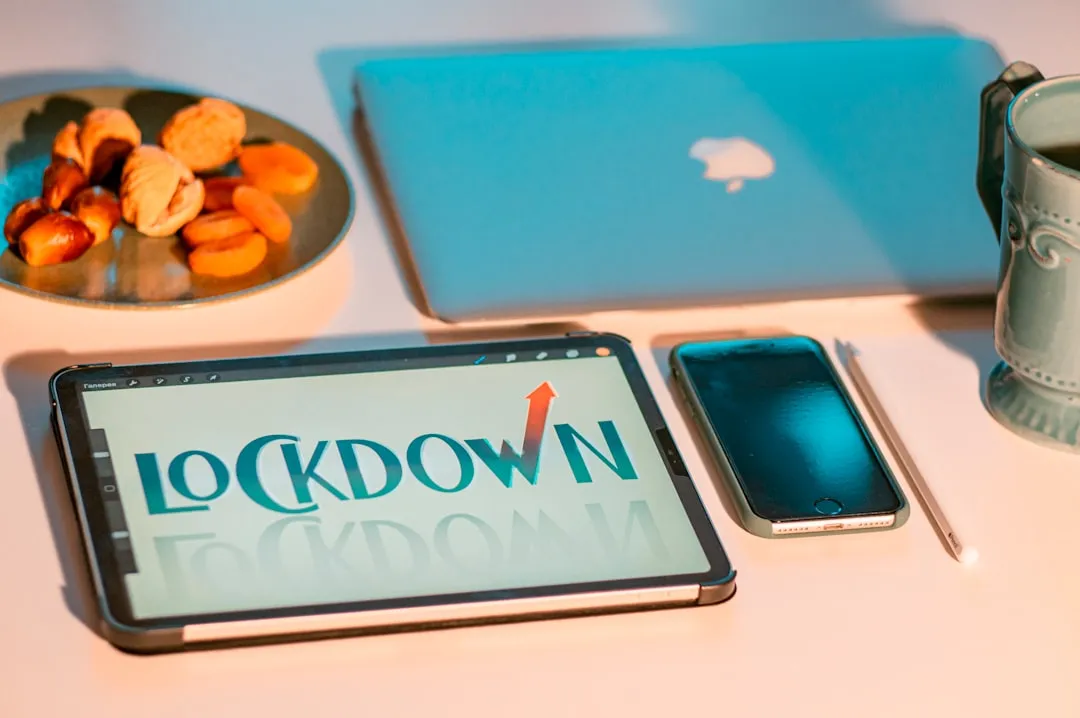


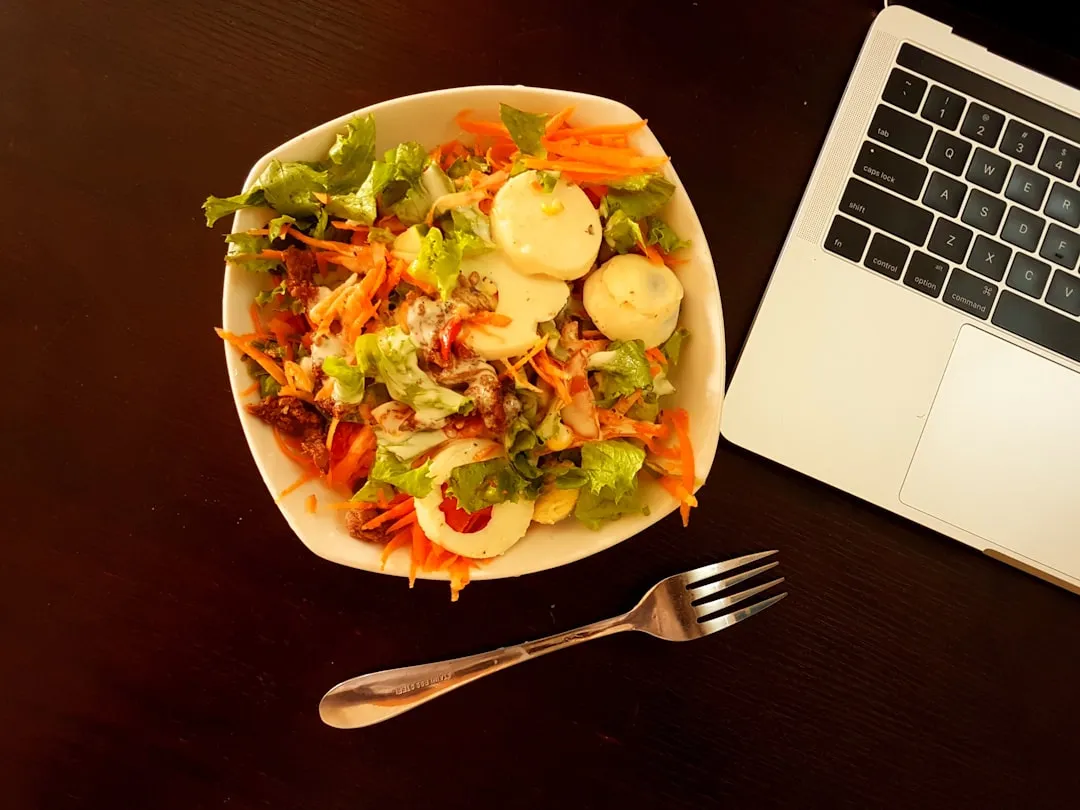
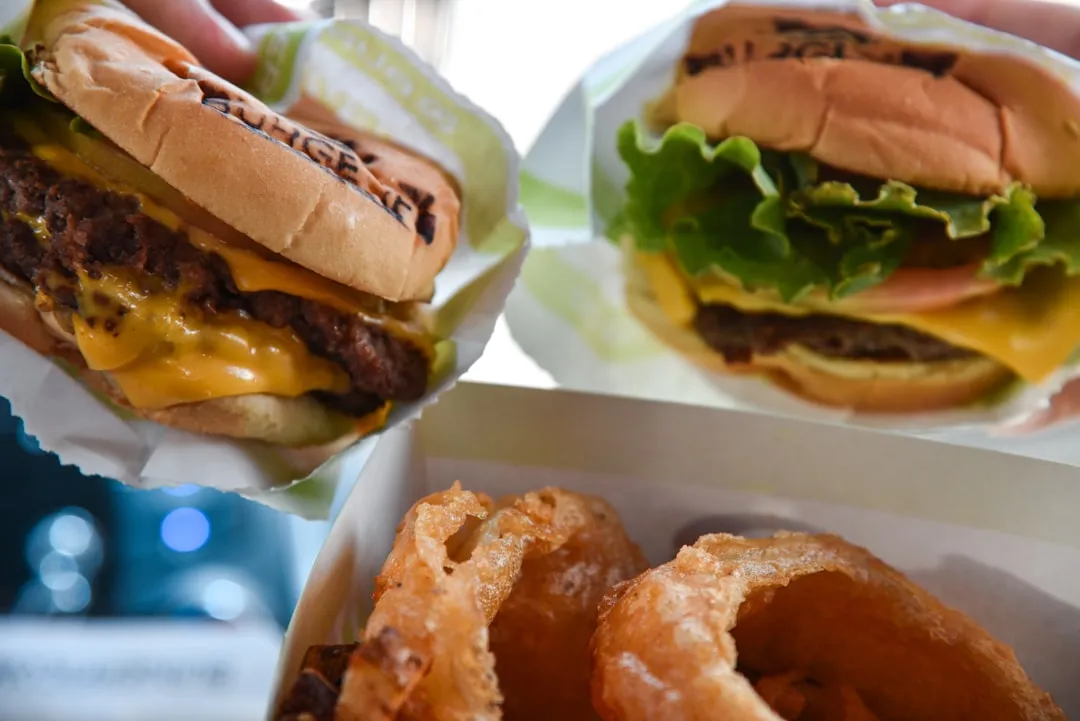



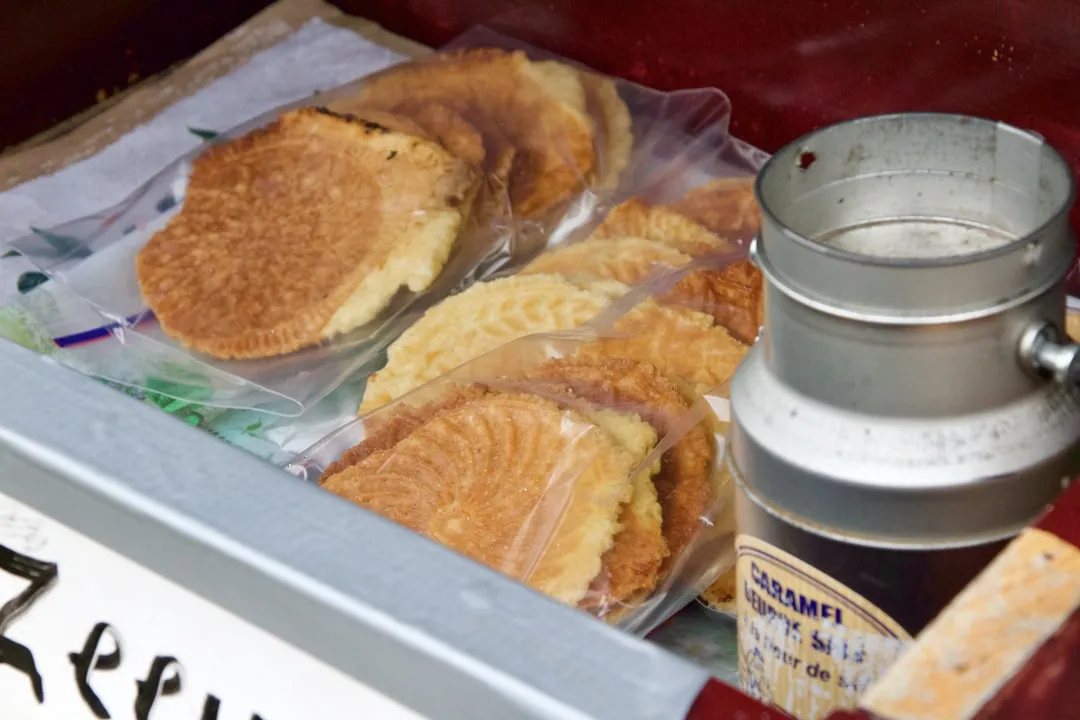

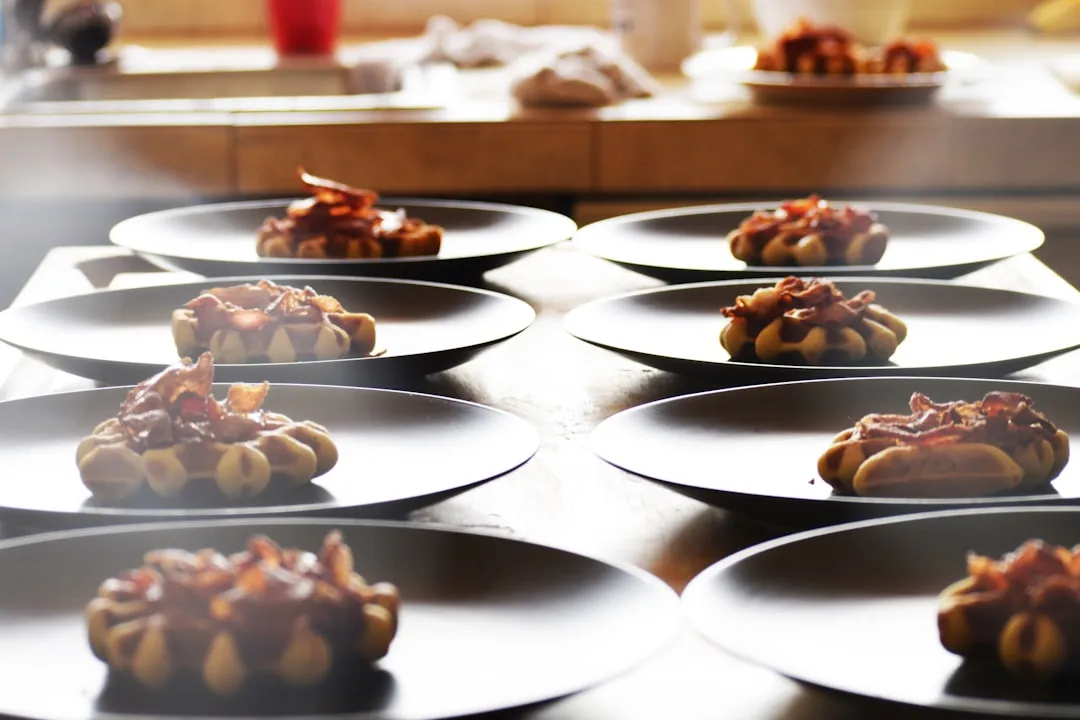


Comments
Be the first, drop a comment!